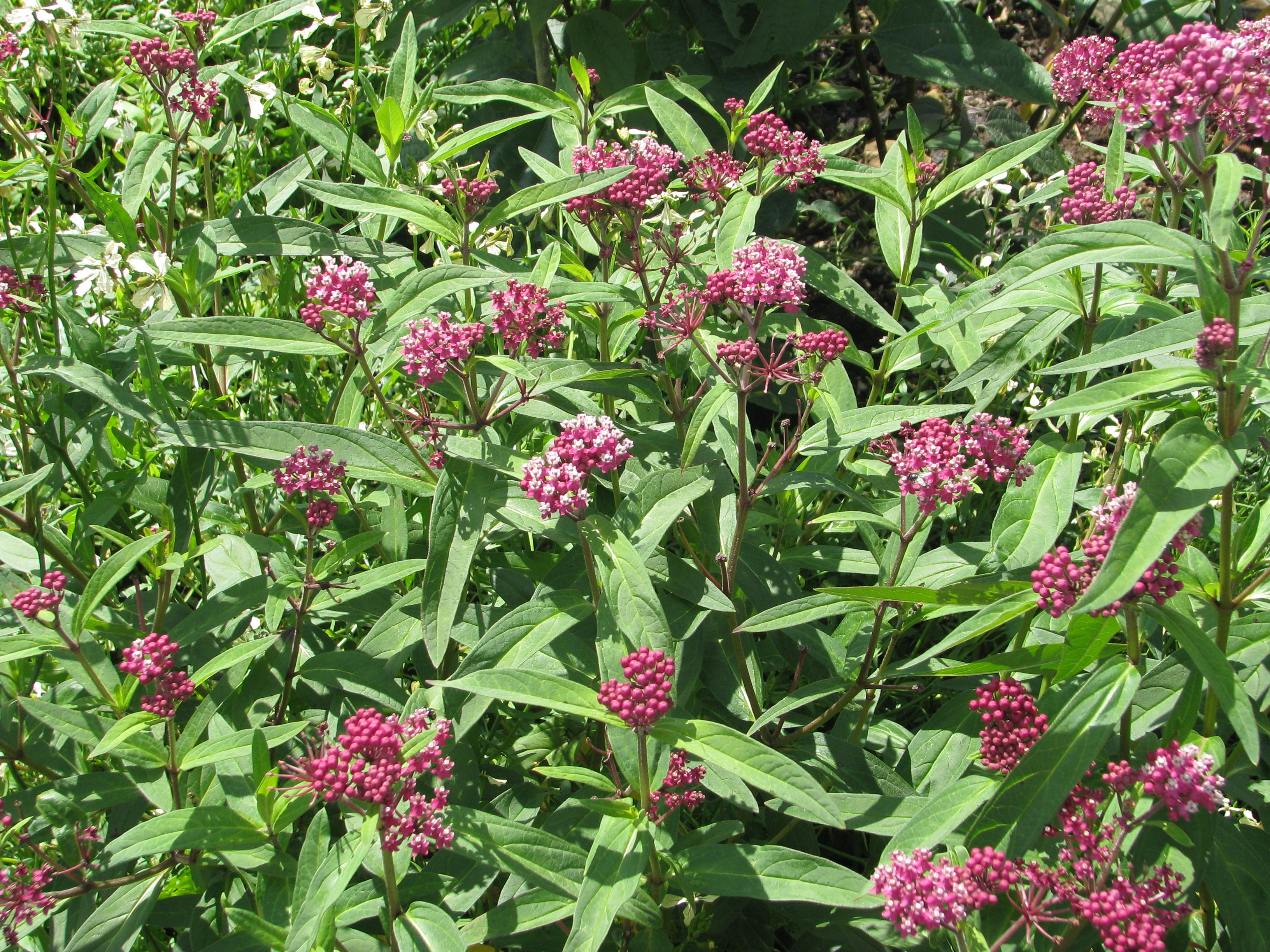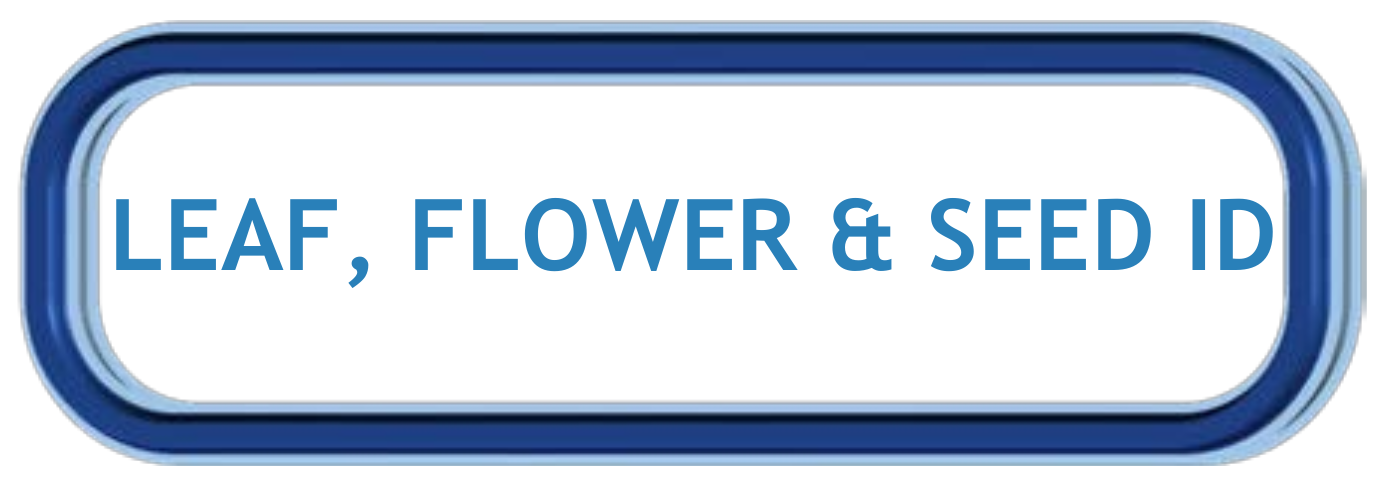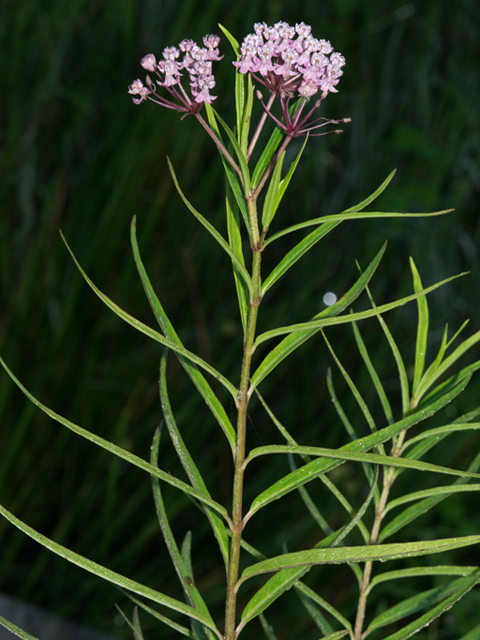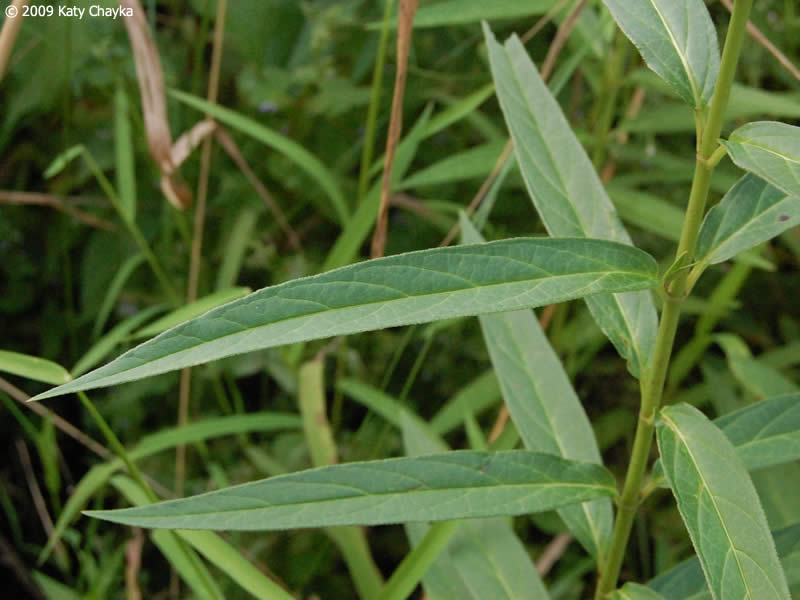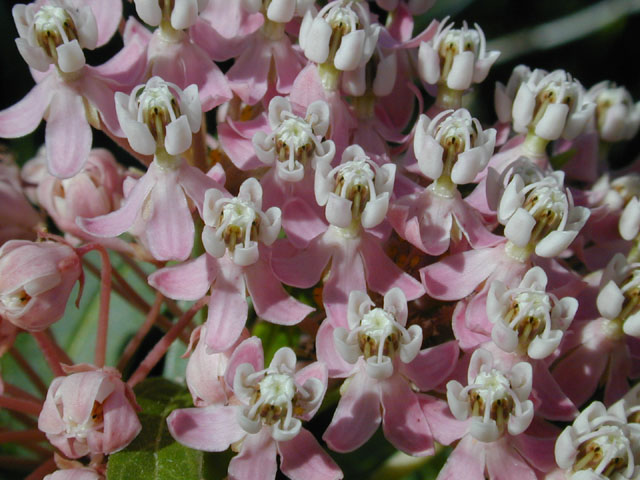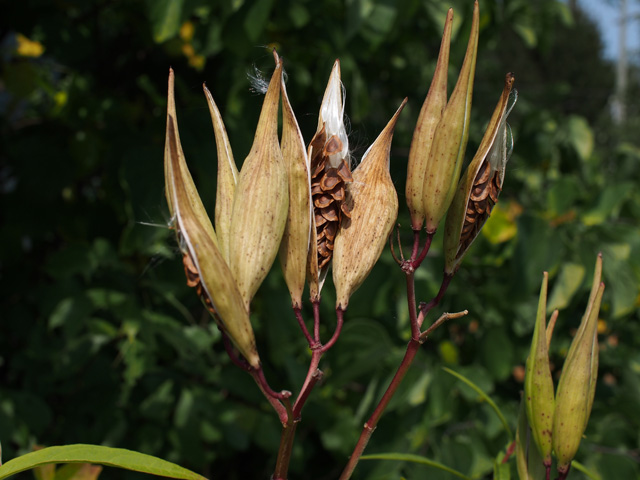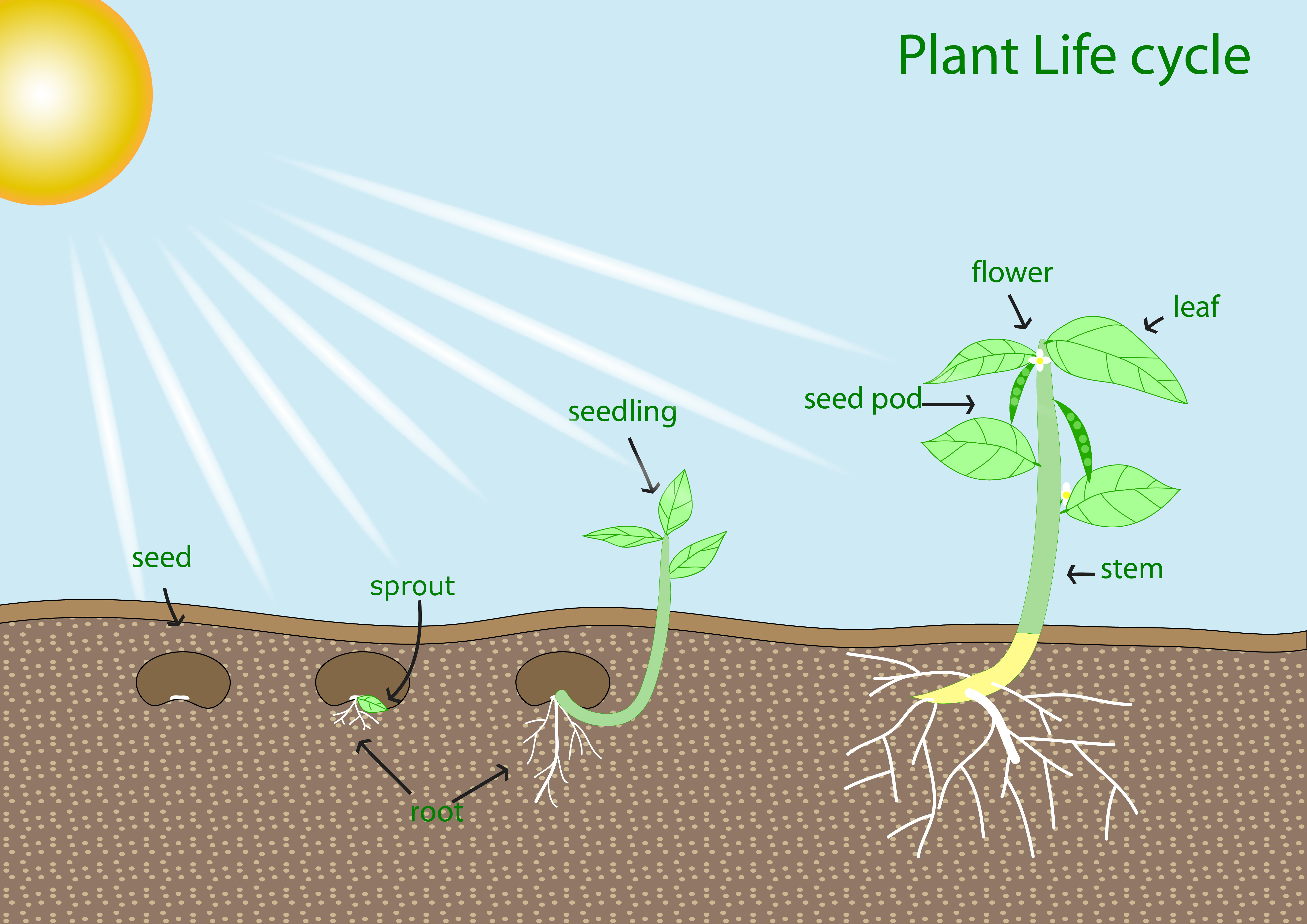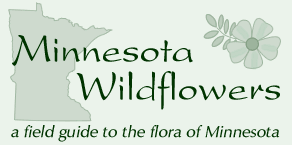Dig into Plants: Swamp Milkweed
Swamp Milkweed Other Common Names: Pink Milkweed Scientific Name: Asclepias incarnata Native to Alabama: Yes Other common milkweed species: Butterfly Milkweed, Common Milkweed, Whorled Milkweed |
|
Wikimedia - peganum Click on image to enlarge it |
Learn more about...
| Ecological Benefits |
| This plant provides food for: | |||
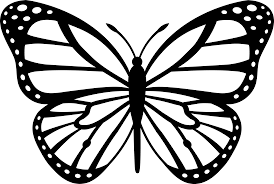 |
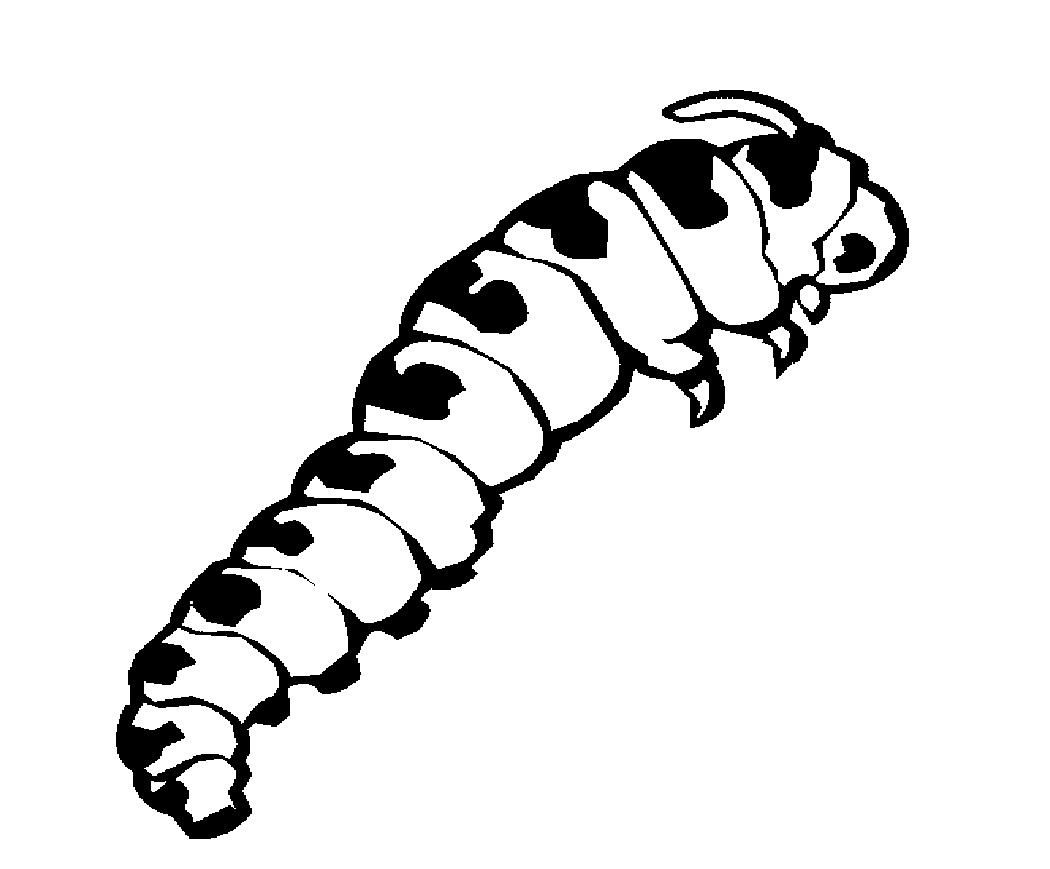 |
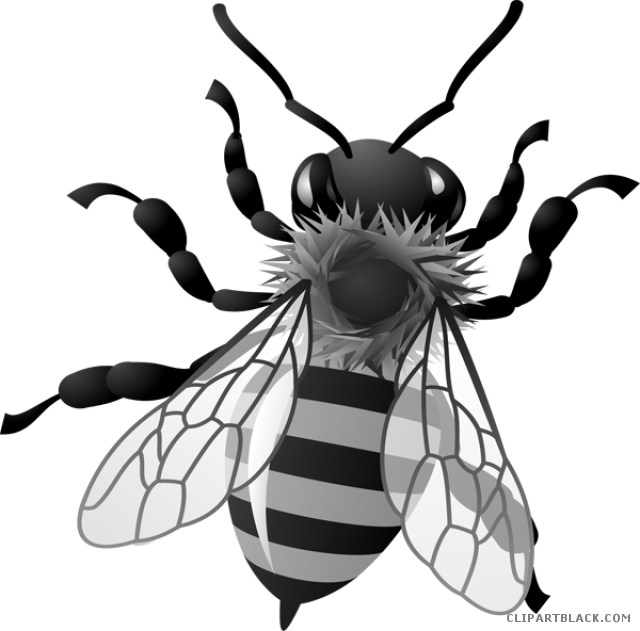 |
 |
| Butterflies | Caterpillars | Native Bees | Hummingbirds |
| Monarch, Queen | |||
| Other Plants Found in Alabama with Similar Ecological Benefits: |
|||||
| Butterfly Milkweed (Asclepias tuberosa) |
White Milkweed (Asclepias variegata) |
Green Milkweed (Asclepias viridis) |
|||
|
|
|||||
| Pinewoods Milkweed (Asclepias humistrata) |
Common Milkweed (Asclepias syriaca) |
Eastern Whorled Milkweed (Asclepias verticillata) |
|||
| Swamp Forest Milkweed/ Aquatic Milkweed (Asclepias perennis) |
Tropical/Scarlet Milkweed (Asclepias curassavica) |
||||
| Maintenance Notes | ||
|
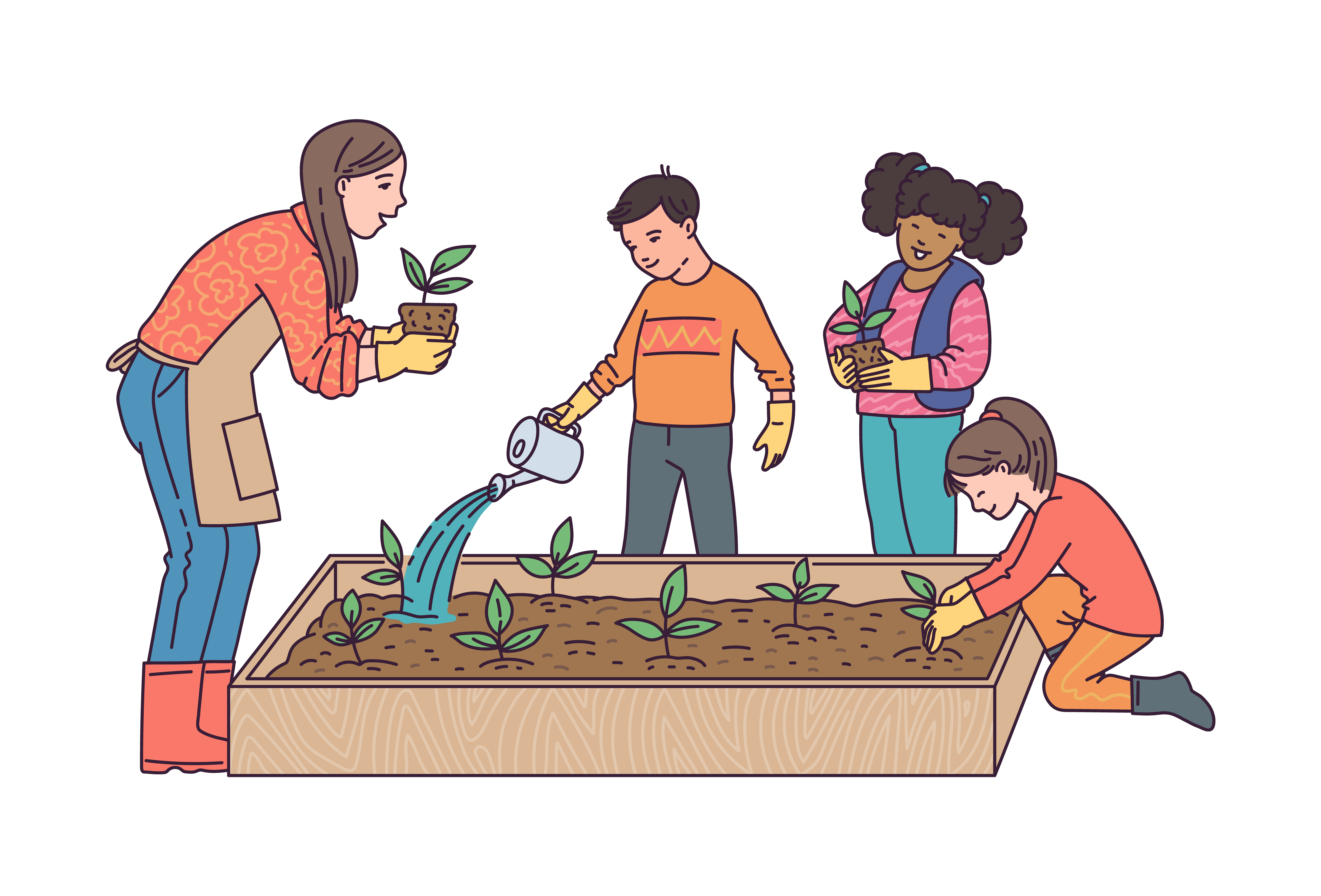 |
|
|
||
| Average watering: water two times per week during the summer and once per week during the rest of the year. | ||
| Habitat Requirements | |||
| This plant prefers: | |||
|
(6+ hours of sun per day) (2 - 6 hours of sun per day) |

Average Watering |
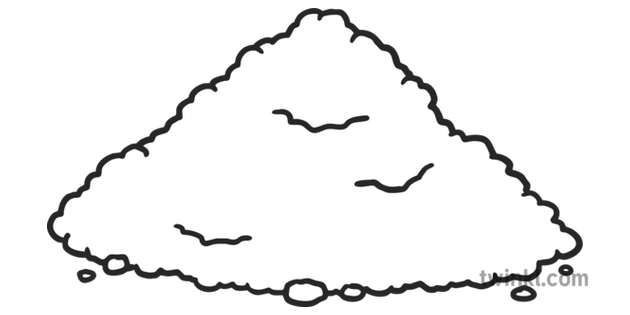 Loamy, Clay, Acidic, or Moist Soil Loamy, Clay, Acidic, or Moist Soil |
|
| Leaf, Flower & Seed Identification | ||||
| LEAF DESCRIPTION |
Minnesota Wildflowers - Katy Chayka
Click on image to enlarge it |
|||
| Leaf Characteristics Chart (JPG) | ||||
| Shape: Lanceolate |
Margin: Entire/Smooth |
Arrangement: Opposite |
Form: Simple |
|
|
|
|
|
|
|
| Description: | ||||
| Long and narrow green, hairless leaves; 2.75-6 inches long and 0.5-1 inch wide; tapering to a point | ||||
| FLOWER DESCRIPTION |
Lady Bird Johnson Wildflower Center Joseph A. Marcus Click on image to enlarge it |
|||||
| Flower Shapes Chart (JPG) | ||||||
Color: Light Pink/Light Purple, Magenta, or Red |
Shape: Stellate (star-shaped) |
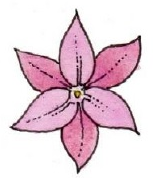 |
Bloom Months: June - Oct |
|||
| Description: | ||||||
| Individual flowers are 0.25 inches across with 4-5 petals per flower; form clusters up to 2-3 inches wide; crown of flower has 5 parts with a curved horn sticking out above each part | ||||||
| SEED DESCRIPTION |
Lady Bird Johnson Wildflower Center
Julie Makin Click on image to enlarge it |
||
| Type: Fruit - Dry Seed Pod |
Description: Follicle is 3-4 inches long and splits on one side to release brown seeds, each with silky tufts |
Months in Seed: Fall |
|
| Plant spreads by: | |||
| Seeds and Rhizomes/ Tubers/ Roots & Shoots Silky-haired seeds are dispersed by wind; underground rhizomes spread and create new clumps of plants |
|||
ADDITIONAL RESOURCES FOR TEACHERS
| Quick Fact Sheet (Condensed Species Info) |
Plant ID Sign: Ready as-is PDF |
Plant ID Sign: Editable Word Doc |
QR Code (Links to this Webpage) |
INFORMATION SOURCES FOR THIS PLANT
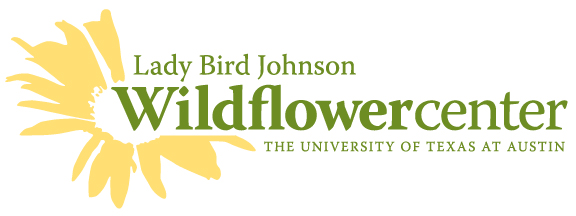 |
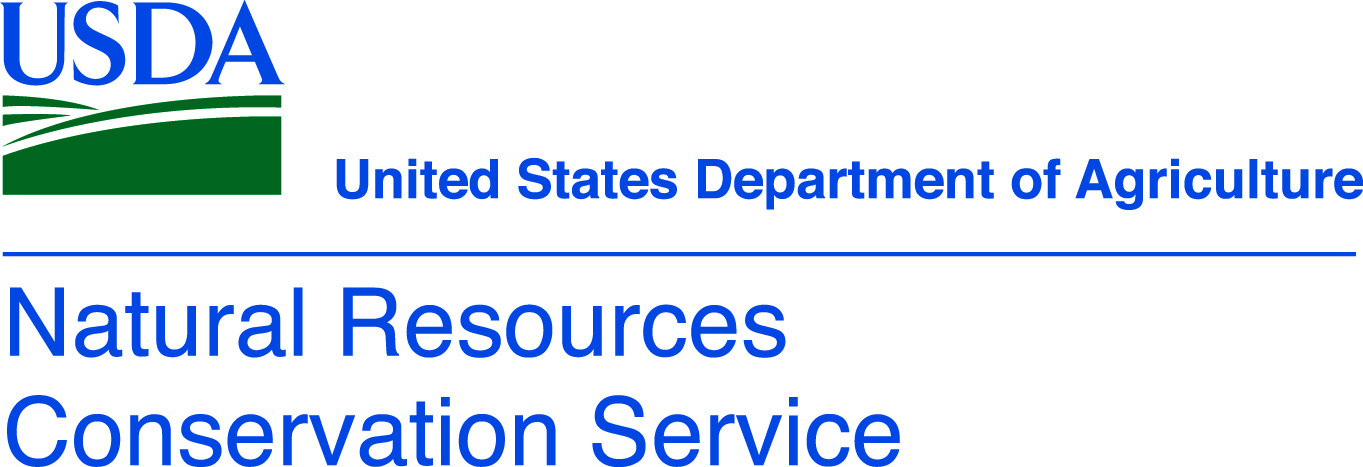 |
|
|
|
|
|
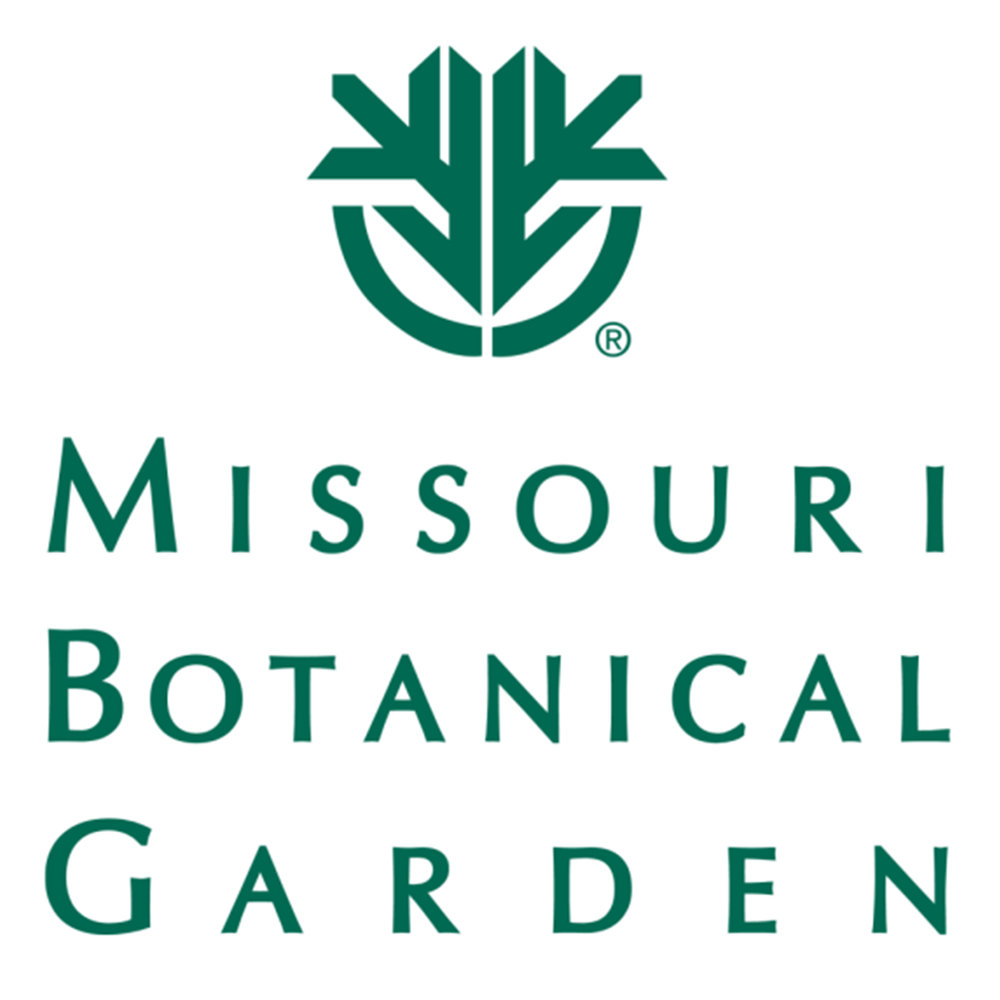 |
||
|
|
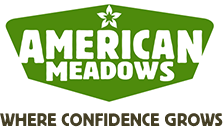 |
 Wildlife Tag
Wildlife Tag
